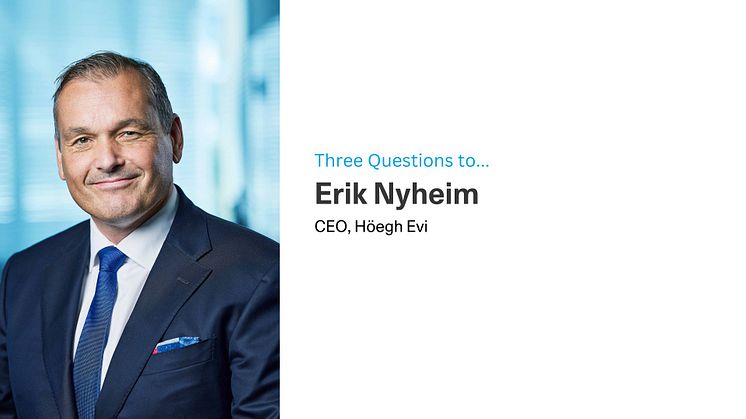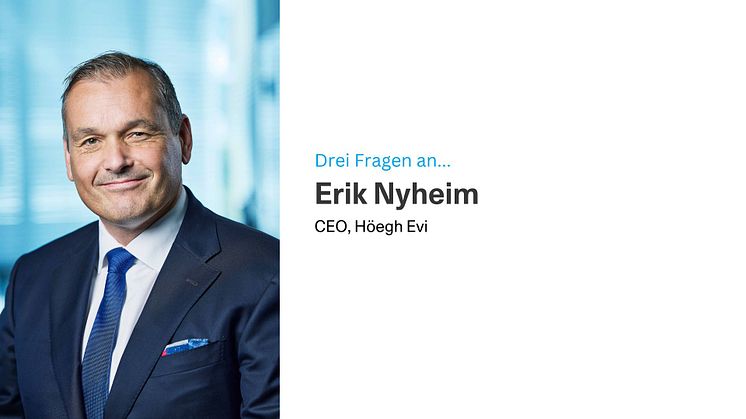
Copyright: Höegh Evi
News -
Three questions to Erik Nyheim, Höegh Evi
-
What role does LNG currently play, and what role will it play in the coming years, in ensuring global energy security?
LNG plays a critical role in global energy security by providing a flexible and reliable energy source that complements renewables and stabilizes supply during disruptions. As the energy transition accelerates, it will continue to bridge the gap between traditional fossil fuels and emerging clean technologies like hydrogen and ammonia.
Höegh Evi is focused on providing adaptable infrastructure that will enable a tangible energy transition. Our FSRU's provide energy security in the form of LNG today, but with ammonia-ready tanks they can be equipped with the Höegh ammonia-to-hydrogen cracker and supply both LNG and H2 in parallel. As the demand for hydrogen increases, the terminal can be replaced with a floating ammonia terminal, with or without cracking to hydrogen. The key to ensuring a secure energy transition is diversifying and optionality, especially while new energy markets are forming and pipeline infrastructure is still under development.
-
How does Höegh Evi plan to utilize or adapt the existing LNG infrastructure to support the transition to cleaner energy sources such as hydrogen or ammonia?
Höegh Evi is leveraging our 50 years of experience in regasification and floating infrastructure to develop tangible solutions for the energy transition. We are developing floating terminals in Europe that will import ammonia, hydrogen, and hybrid solutions that can process LNG and hydrogen in parallel. Many infrastructure elements used for LNG import can be repurposed to accommodate clean molecules, and terminals can be located at sites currently importing LNG. For example, we are developing a hydrogen import terminal in Lubmin, Germany, on the same site where our FSRU Neptune was previously producing LNG.
-
What role does the energy terminal in Lubmin play in Höegh Evi's long-term plans for integrating hydrogen and its derivatives?
The Lubmin H2 Import terminal will be the world’s first floating green ammonia cracker, producing around 30,000 tons of hydrogen per year that will be fed into the hydrogen core network via the existing feed-in point at the Deutsche ReGas Terminal in the port of Lubmin. We are partnering with Deutsche ReGas to develop a floating barge solution that utilizes Höegh Evi's floating ammonia-to-hydrogen cracking technology combined with on-shore terminal infrastructure provided by Deutsche ReGas. The terminal is an important first step toward developing larger-scale solutions that will allow access to competitively-priced clean molecules, in support of the decarbonization of industry in Germany.

